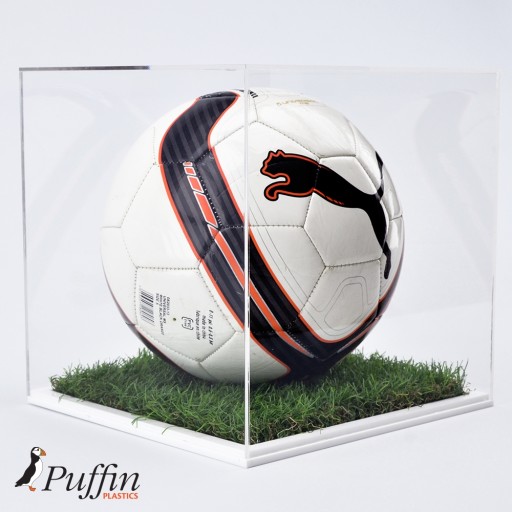-
Display Cases & Plinths
-
- Display Cases
- Ball Display Cases
- Boot Display Cases
- Trainer & Sneaker Display Cases
- Glove Display Cases
- Cap and Helmet Display Case
- Poppy Display Cases
- Custom Size Display Cases
- Mirror Back Display Cases
- Display Plinths, Stands And Acrylic
- PERSPEX® Memorabilia Plinths And Stands
- Acrylic Trays
- Dart Holders
- Foamex Memorabilia Plinths And Stands
- Acrylic Shapes
- Standard Display Case, Cubes And Bridges
-
-
Skins And Decor
- Protective Screens
-
Custom Product
- Bespoke Manufacturing
-
Signage
-
- Prohibition Signs
- All Prohibition Signs
- General Purpose Signs
- No Access Signs
- Machinery & Vehicle Signs
- Smoking Signs
- Multi-Packs
- Hazard Identification Signs
- All Hazard Identification Signs
- Overhead Signs
- Slips, Trips & Fall Signs
- Hazardous Substance Signs
- Temperature & Radiation Signs
- Machinery Signs
- CCTV Signs
- Electrical Signs
- Hazard Warning Multi-Packs
- Mandatory Signs
- All Mandatory Signs
- Fire Door Signs
- Access Signs
- Personal Protective Equipment Signs
- Visitor Signs
- Mandatory Multi-Packs
- Fire Signs
- All Fire Signs
- Fire Safety Equipment Signs
-
.
.
.

